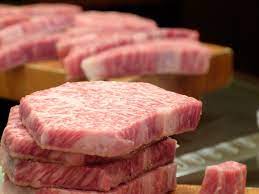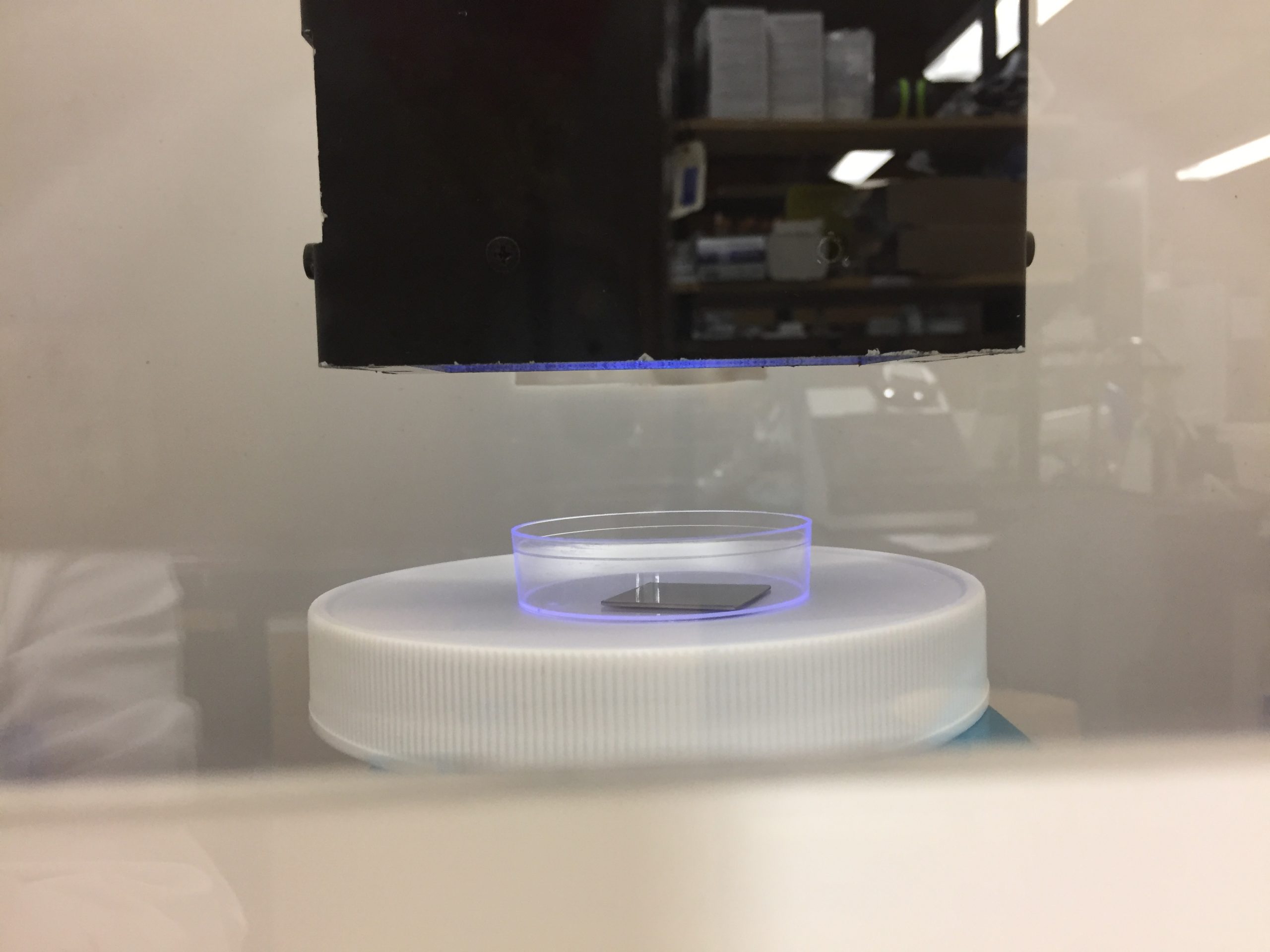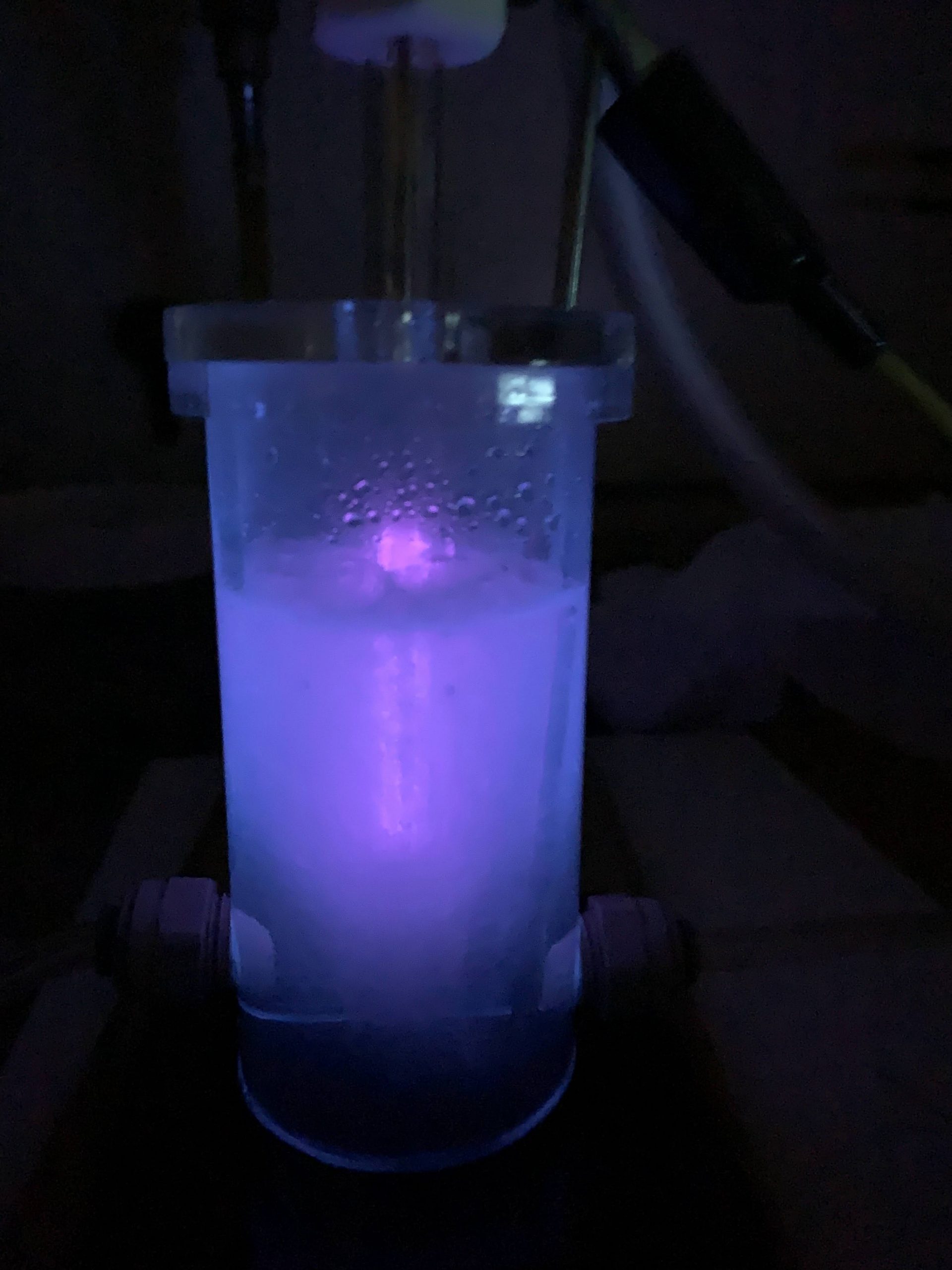



Escherichia coli can exist as biofilms on equipment or contact surfaces used in the meat packing industry and can contaminate the beef products. Conventional methods such as the application of chemical disinfectants are not always effective in removing biofilms and they are not environmentally friendly either. Hence there is a need to explore the efficacy of new technologies to reduce E. coli biofilms in meat packing facilities. As part of the project funded by the Beef Cattle Research Council (BCRC), Agriculture and Agri-Food Canada, and Results Driven Agriculture Research (RDAR), we are exploring the inactivation efficacies of novel technologies including plasma activated water bubbles, spray, mist and ultraviolet-C (UV-C) light pulses emitted from light emitting diodes (LED) against wet and desiccated cells of heat and acid resistant Escherichia coli, spores of psychrotropic Clostridia, and wet and dry biofilms of E. coli on meat and industry contact surfaces. The outcomes of this project will improve food safety and environmental sustainability by developing cost-effective, chemical residue free, "green" alternatives to chemical antimicrobials and by reducing water use in the meat industry. These technologies can possibly help to reduce recalls and outbreaks related to meat products, which is an ongoing problem in the industry and hence improve yield and economic growth. Our future objective is to scale-up these technologies with the help of our industry partners and make them accessible to the Canadian meat industry.
Funding support:
![]()
Collaborators:
Dr. Xianqin Yang (Agriculture and Agri-Food Canada)
Dr. Michael Ganzle (Department of AFNS, University of Alberta)
Dr. Lynn McMullen (Department of AFNS, University of Alberta)



